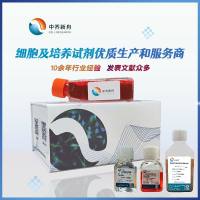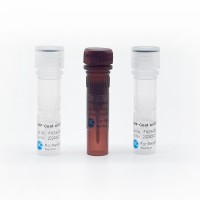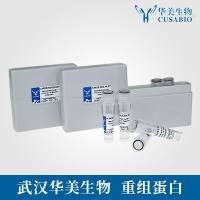Use of Colloidal Silica-Beads for the Isolation of Cell-Surface Proteins for Mass Spectrometry-Based Proteomics
互联网
互联网
相关产品推荐

细胞包被液(适合原代细胞)(Cell adherent reagent)(200x)
¥680

Colloidal gold-Rabbit Anti-Goat IgG (H+L)
¥180

Recombinant-Hordeum-vulgare-High-molecular-mass-early-light-inducible-protein-HV58-chloroplasticHigh molecular mass early light-inducible protein HV58, chloroplastic; ELIP
¥10556

假单胞分离琼脂|Pseudomonas Isolation Agar
¥500

Recombinant-Drosophila-melanogaster-CAAX-prenyl-protease-2SrasCAAX prenyl protease 2 EC= 3.4.22.- Alternative name(s): Farnesylated proteins-converting enzyme 2; FACE-2 Prenyl protein-specific endoprotease 2 Protein severas
¥11466
相关问答
相关方法

